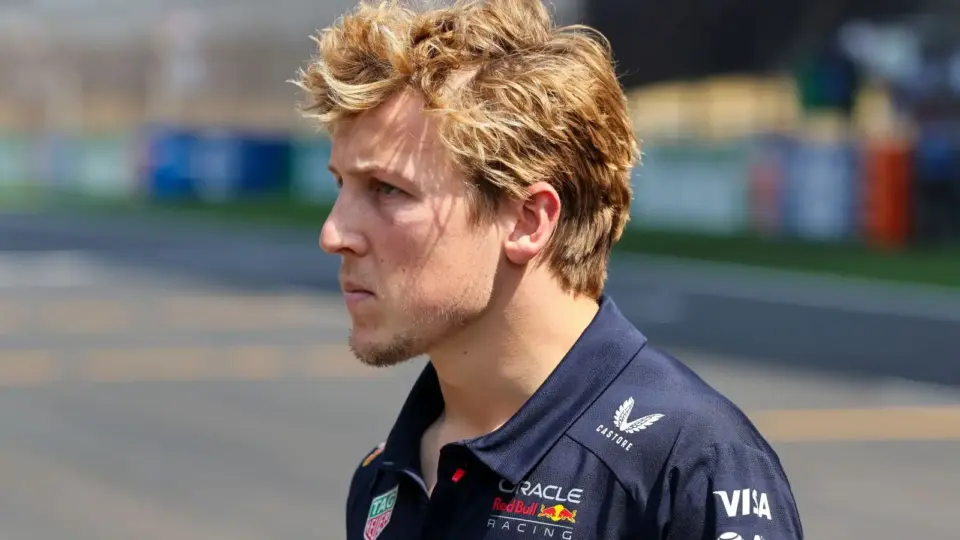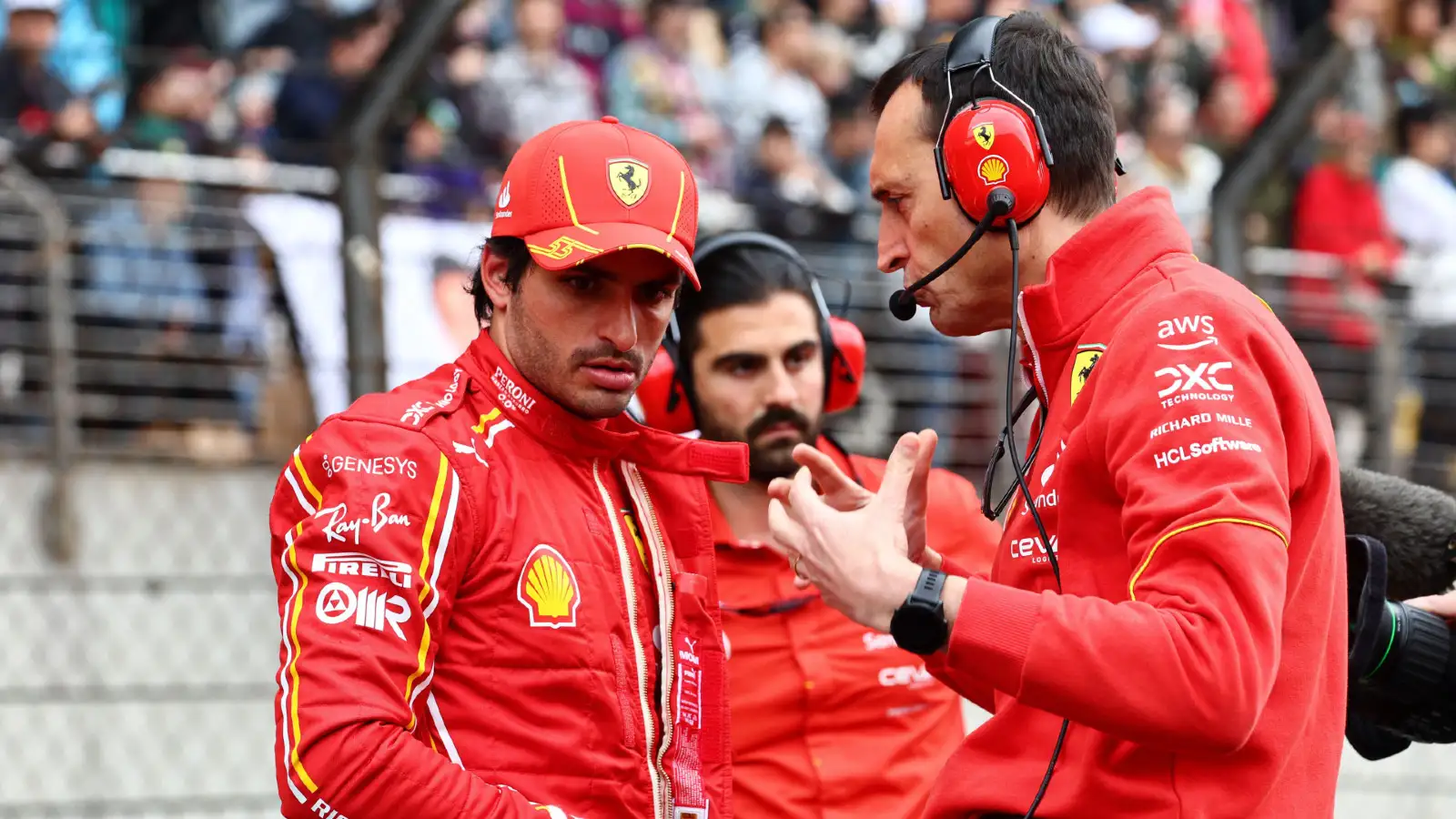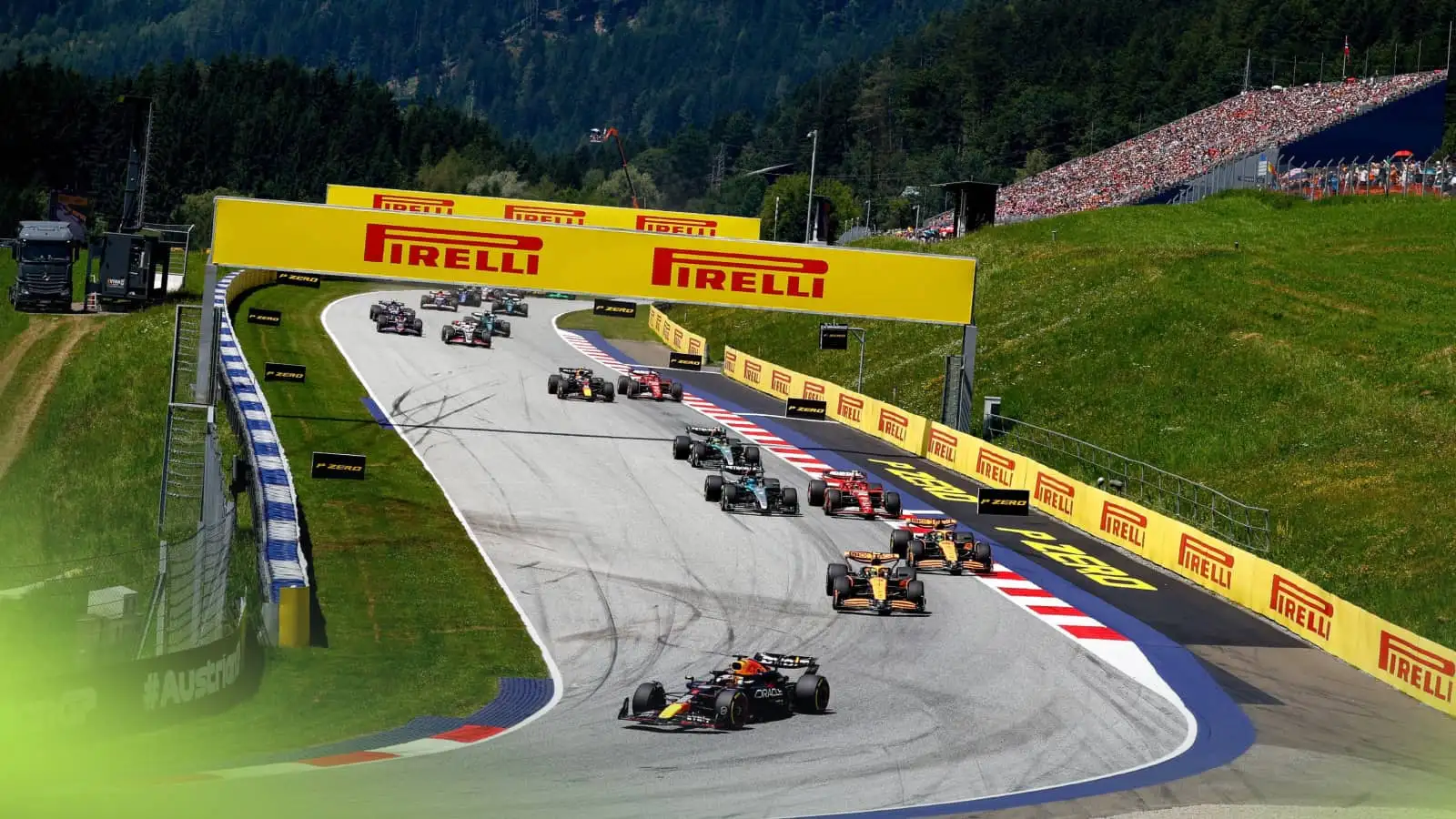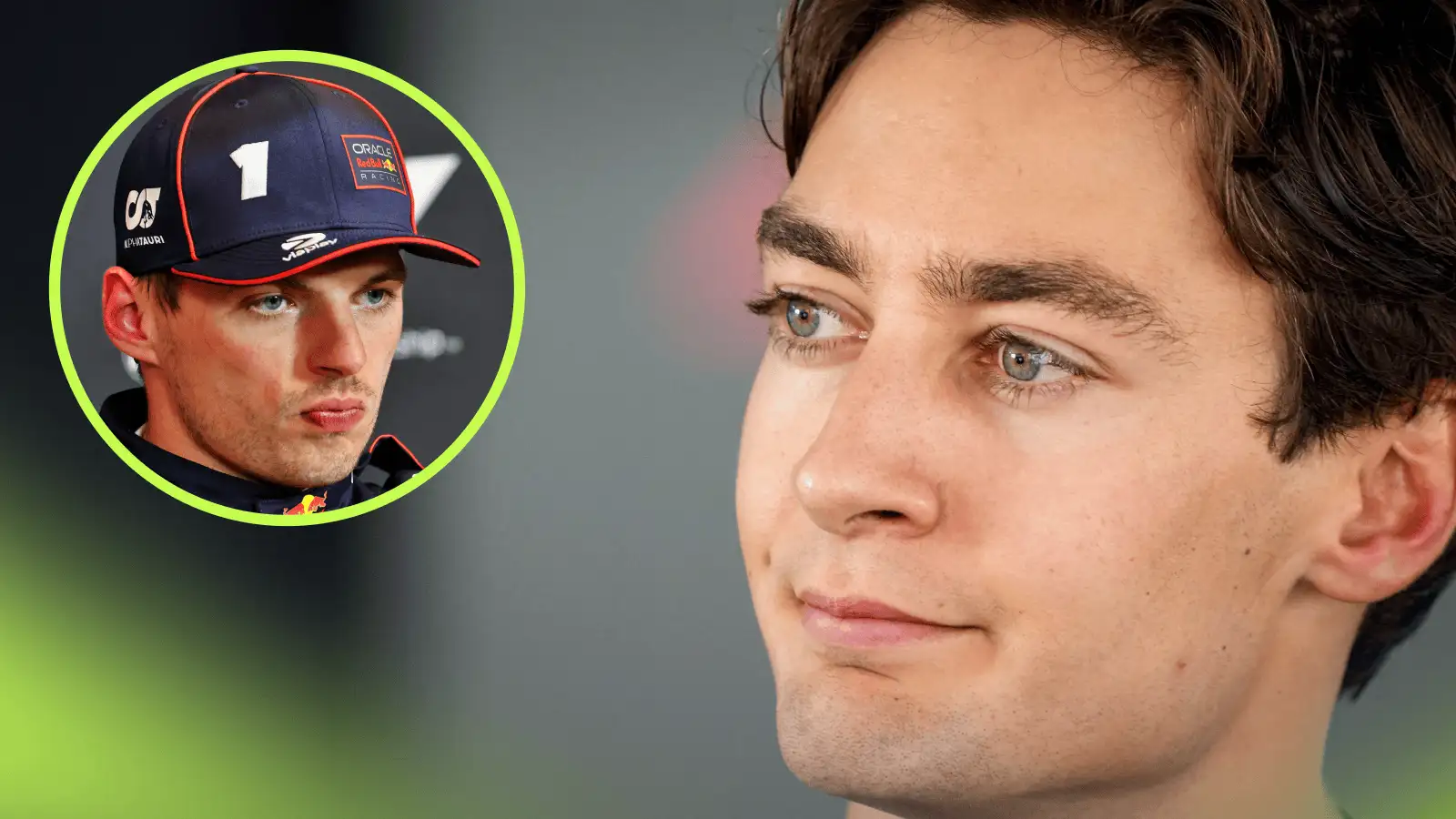It’s often said that in the high-octane world of Formula 1, the track isn’t the only battleground. Lewis Hamilton’s journey in the racing realm has been a riveting ride, not just because of his prowess behind the wheel but also due to his highly publicized relationship with Nicole Scherzinger.
When Lewis Hamilton burst onto the Formula 1 scene in 2007, he was not only making headlines for his incredible racing talent but also for his budding romance with Pussycat Dolls singer Nicole Scherzinger. The relationship enjoyed its fair share of public attention and, according to one of Hamilton’s former McLaren mechanics, Marc Priestley, had an intriguing impact on Hamilton’s performances on the track.
Priestley, in a light-hearted revelation on his podcast, mentioned that the McLaren team often speculated about how Hamilton’s personal highs and lows with Scherzinger might mirror his driving outcomes. “We joked that there seemed to be more lap time in keeping those two together than there ever could be with anything we could do with the car,” Priestley humorously noted. Yet, beyond jest, there was an acknowledgment of the emotional undercurrent that drivers like Hamilton navigate, influencing their track results.
Hamilton’s emotional state was a frequent topic among his crew. His talent is undeniable, yet his ability to handle emotions was a challenging area. Priestley mentioned how Hamilton, particularly during difficult periods in his relationship, sometimes carried those feelings into the car. Recognizing this, the team accepted that Hamilton’s performances were at times dictated by his emotional well-being, something not unique to him but rather common among people.
Despite the personal turmoil, Hamilton has displayed an uncanny ability to reset. Priestley described a pattern: a subdued, introspective Hamilton emerging from a disappointing Saturday, only to return on Sunday filled with renewed vigor and a fresh perspective. “He always said to me that this was a new day, a new set of opportunities,” Priestley shared, illustrating Hamilton’s resilience. This emotional reset allowed Hamilton to approach race days with clarity, often leading to stronger performances the following day.
In recent times, Hamilton has openly attributed meditation as a significant tool in clearing his mind and refocusing. According to Priestley, Hamilton now uses meditation not just as a calming ritual but also a way to rewrite his internal narratives. By silencing negative self-talk and creating mental space, he effectively positions himself for success, on and off the track. Such mental discipline has been crucial in navigating the pressures that come with being a seven-time World Champion.
Priestley highlights an essential truth about self-dialogue, noting how Hamilton actively works to challenge negative stories he tells himself. This is a struggle not just for Hamilton but for many, as internal narratives can shape perceived reality. Through meditation, Hamilton aims to flip the narrative, fostering positive energy that contributes to his racing achievements.
This anecdotal insight into Hamilton’s psyche reveals much about the man beneath the helmet. His journey illustrates a broader narrative of how the personal and professional are often intertwined, and how mastering one’s inner game can reflect powerfully in their professional endeavors.
Lewis Hamilton’s story isn’t just one of speed and skill; it’s about mastering the personal complexities that come with living in the spotlight. While his relationship with Nicole Scherzinger once posed challenges, it also highlighted the profound role that emotional well-being plays in athletic success. As Hamilton continues to refine his mental approaches, his legacy grows, offering valuable lessons on resilience and self-awareness.










